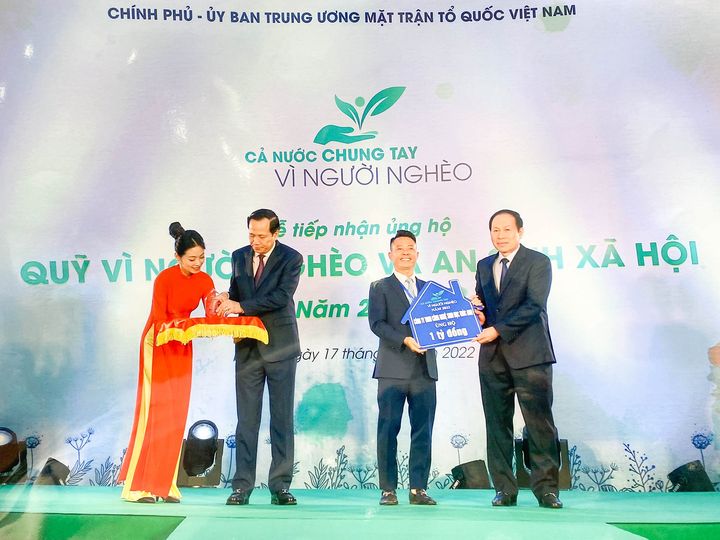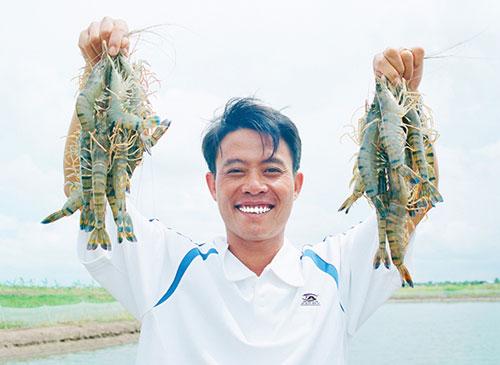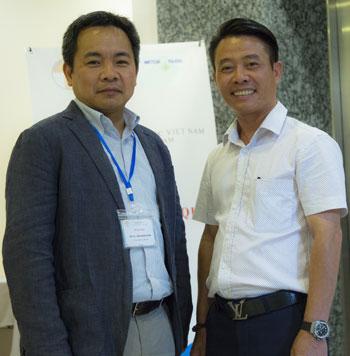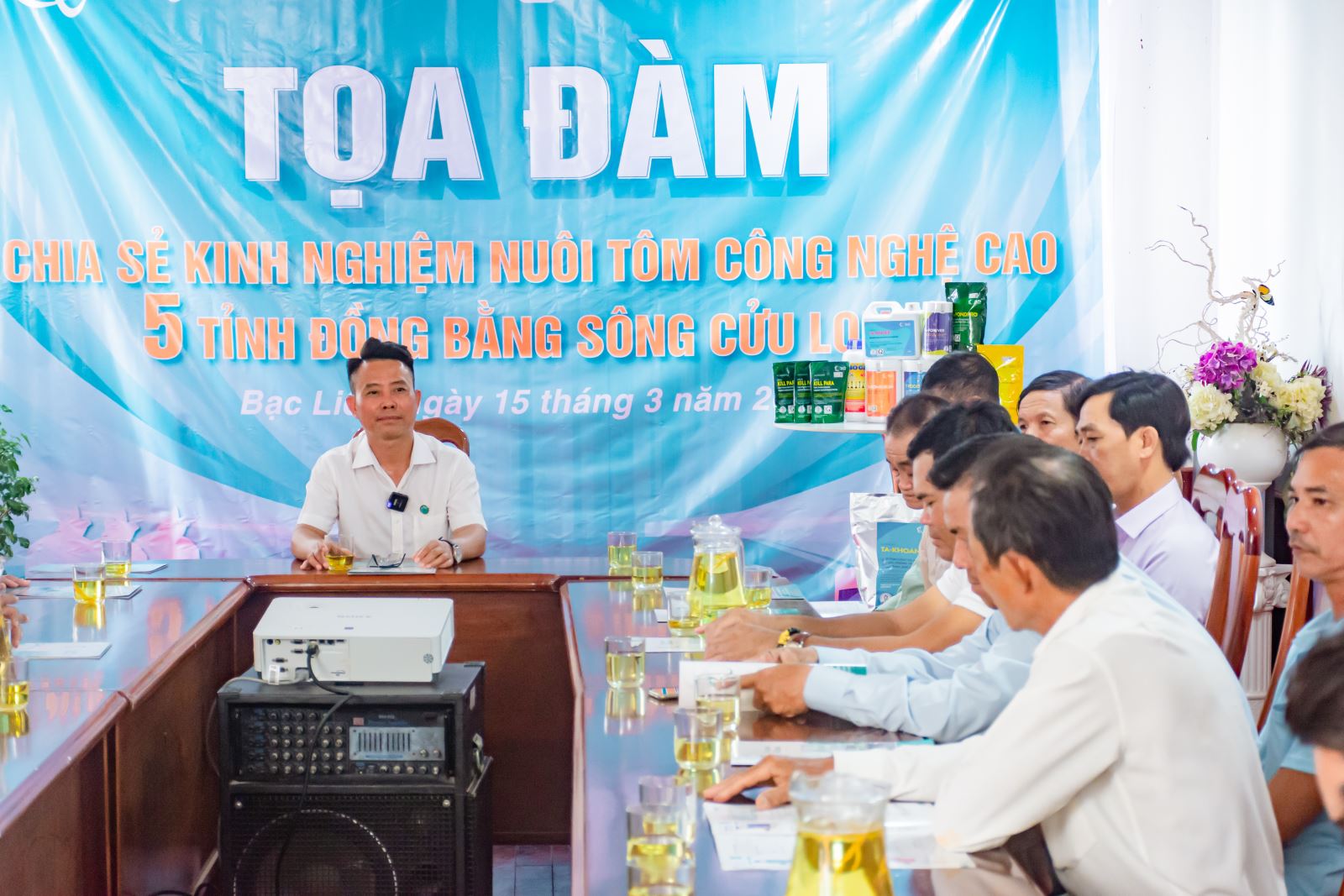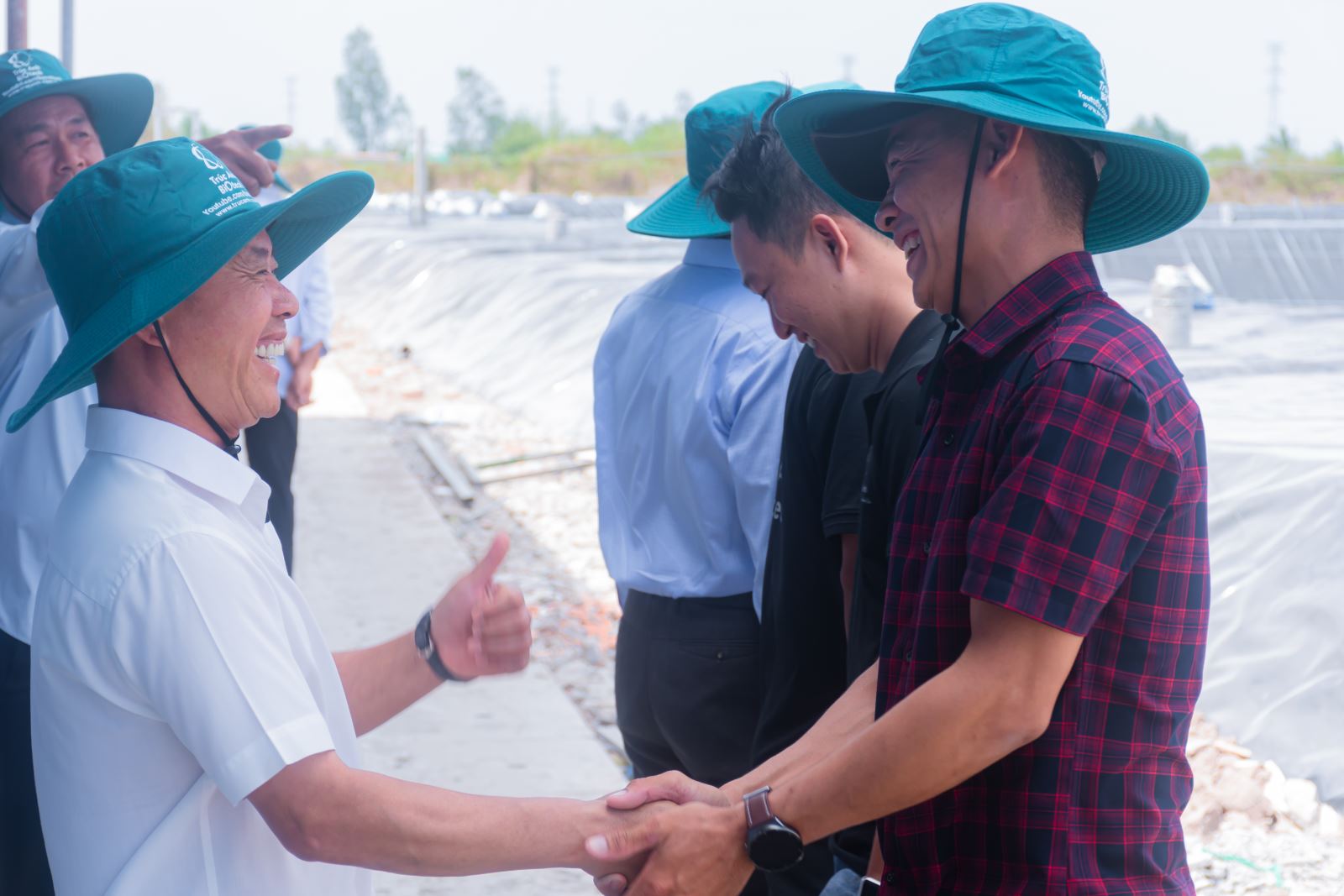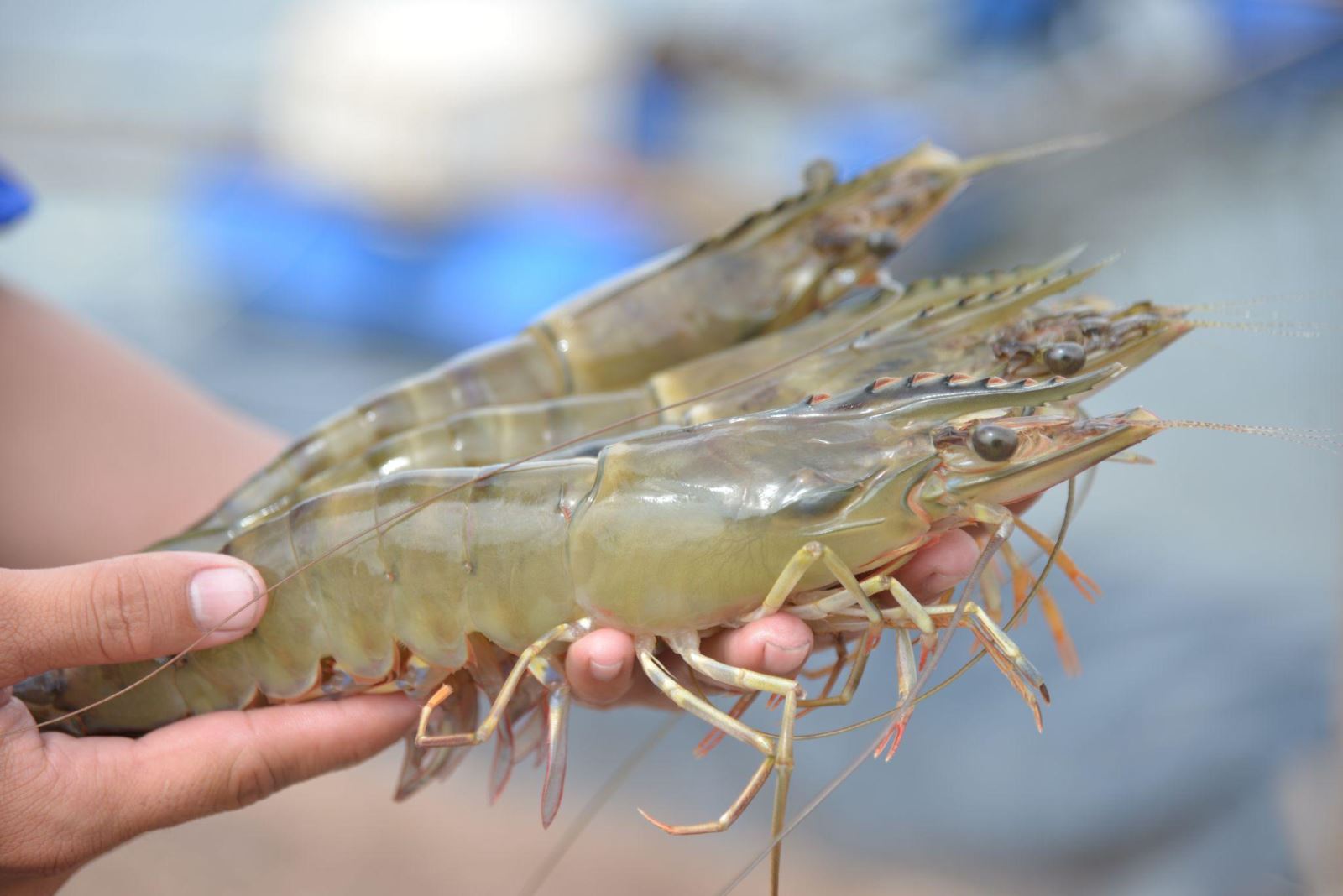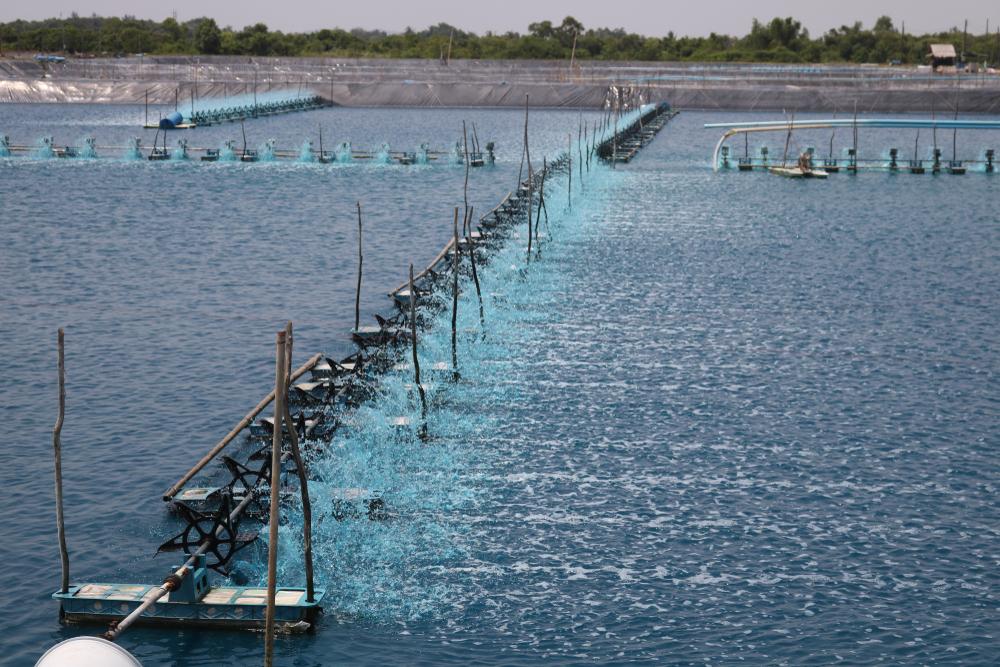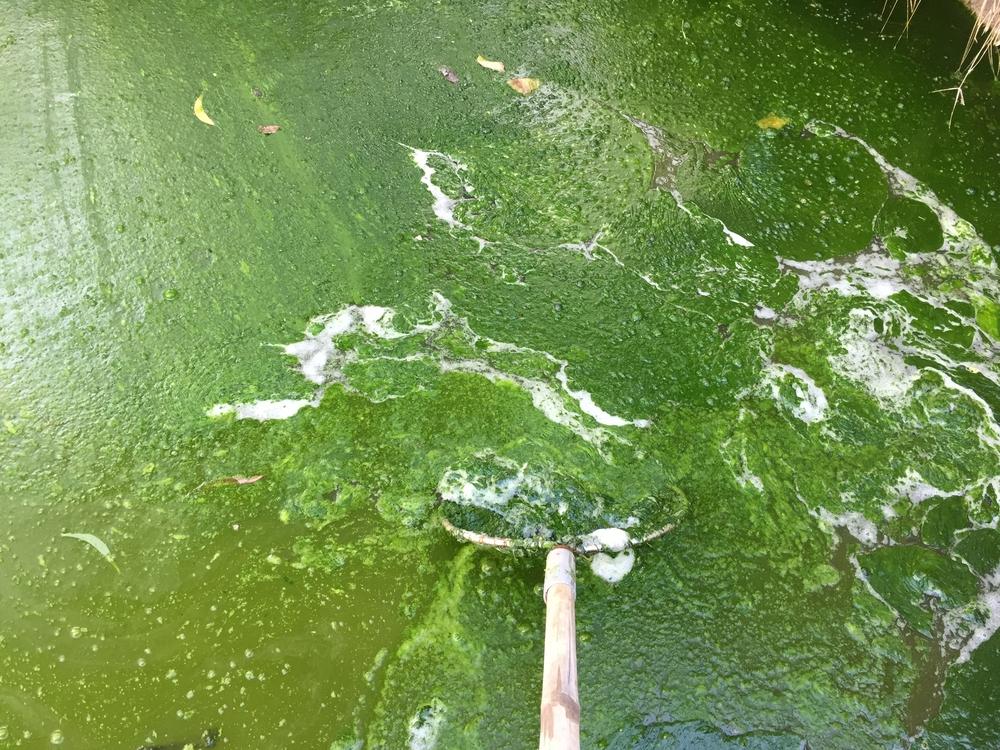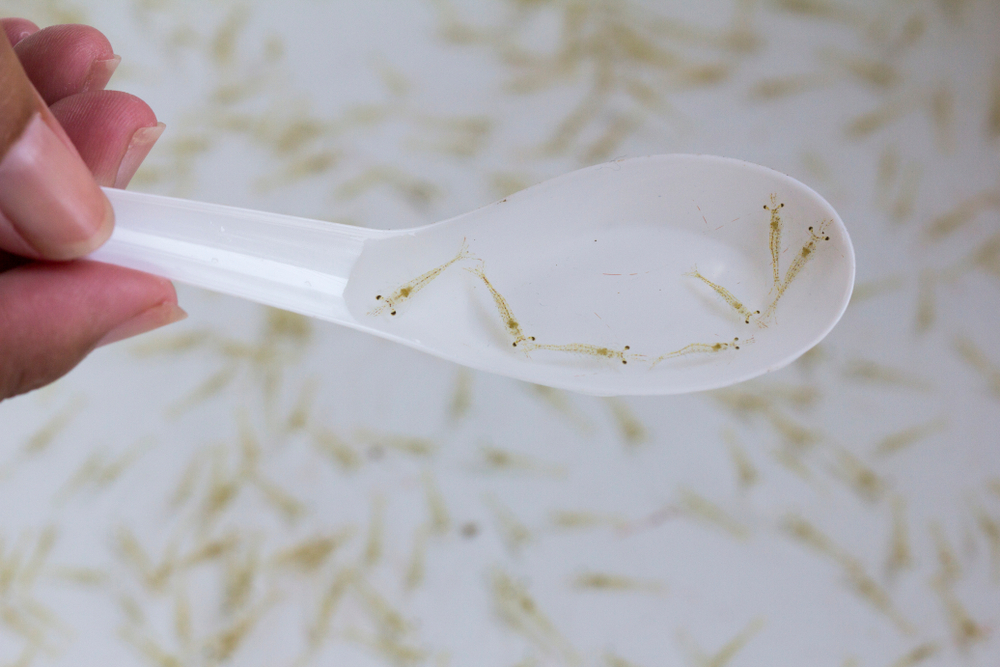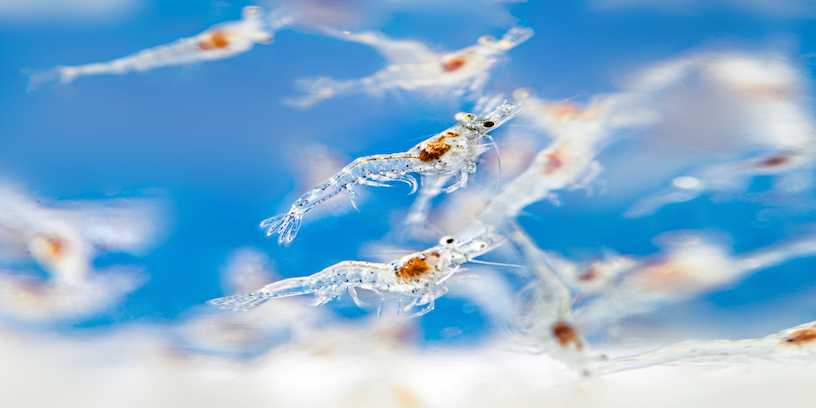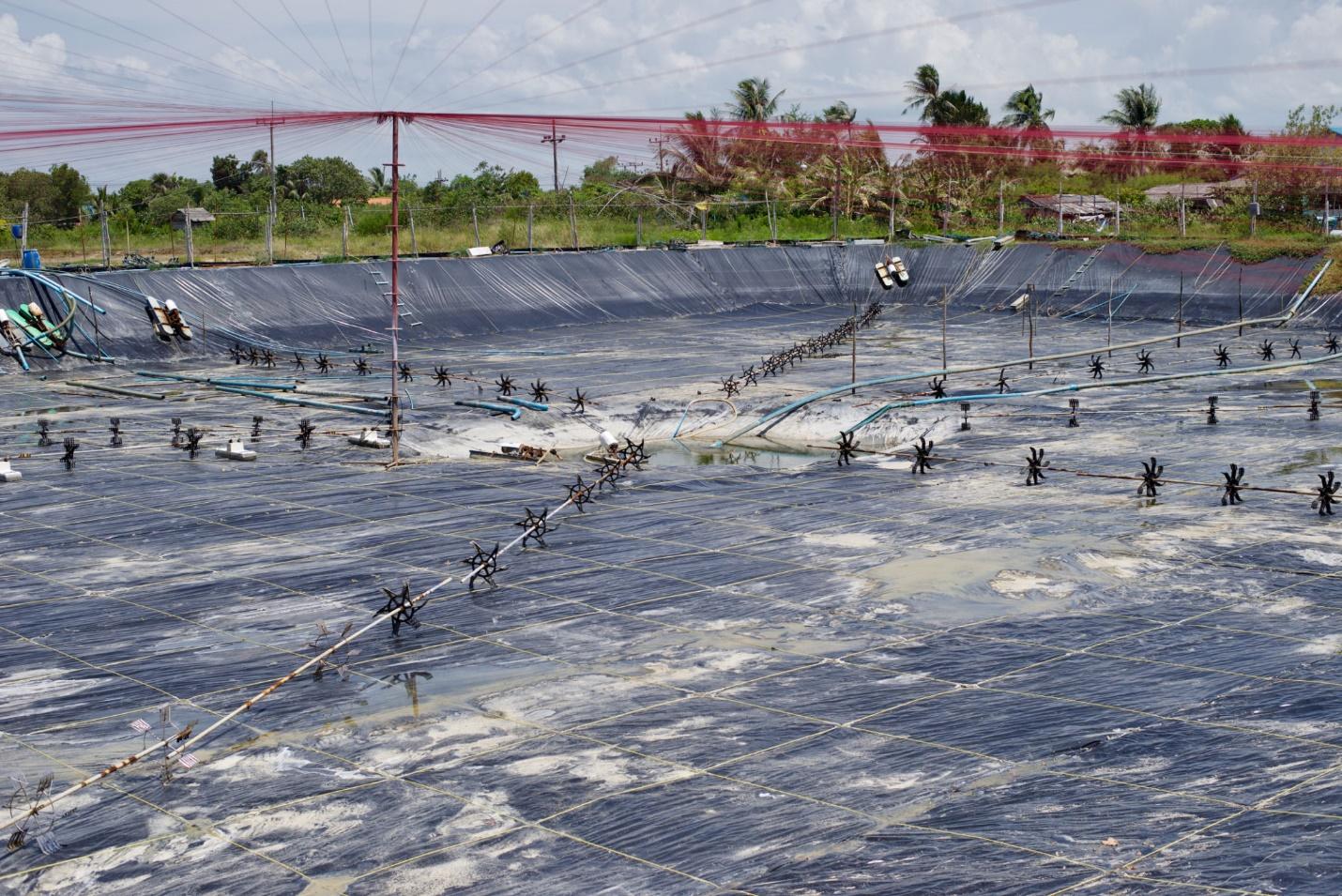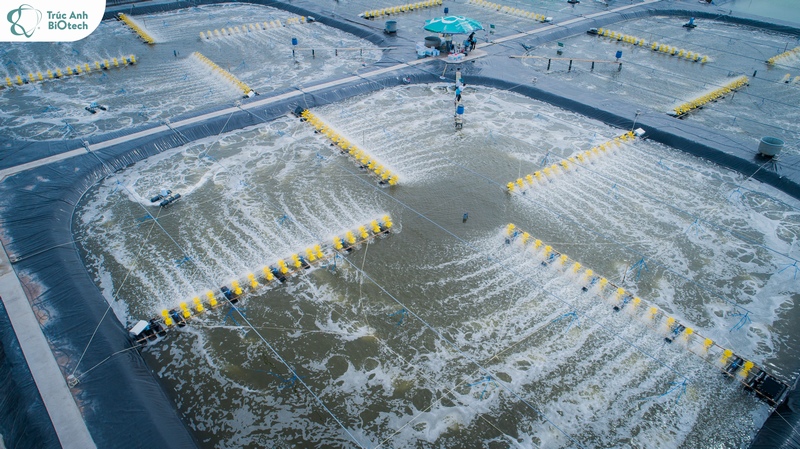On October 13, the People’s Committee of Bac Lieu province held a meeting to celebrate Vietnam’s business day in 2022.
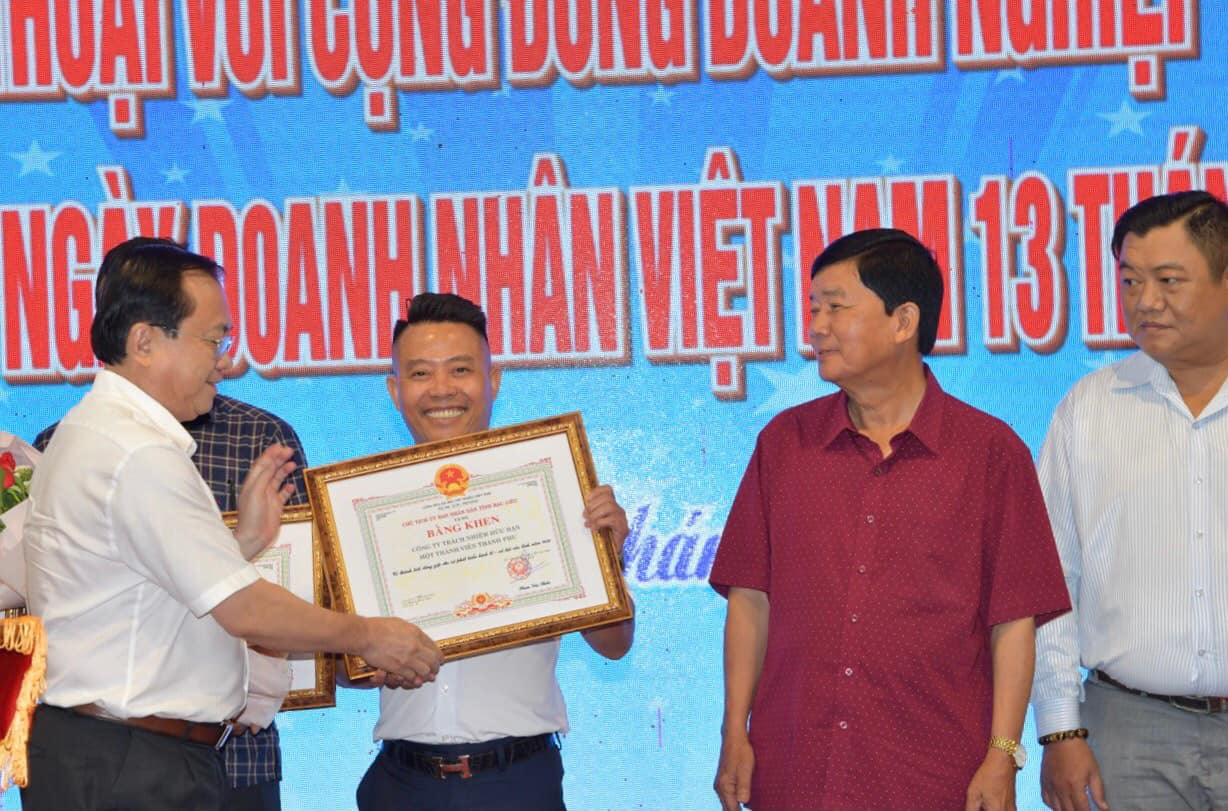
Truc Anh was honored to receive a certificate of merit for Vietnamese Entrepreneur 2022 (photo by Phan Thanh Cuong).
At the conference, honoring typical businesses, entrepreneurs, business households and cooperatives in 2022, Truc Anh Biotechnology Co., Ltd. (Truc Anh Biotech) was honored to be one of the enterprises that received a certificate of merit from the People’s Committee of Bac Lieu province.
We would like to thank the efforts of all employees of the Company as well as the trust and companionship of our dear customers during the past time.
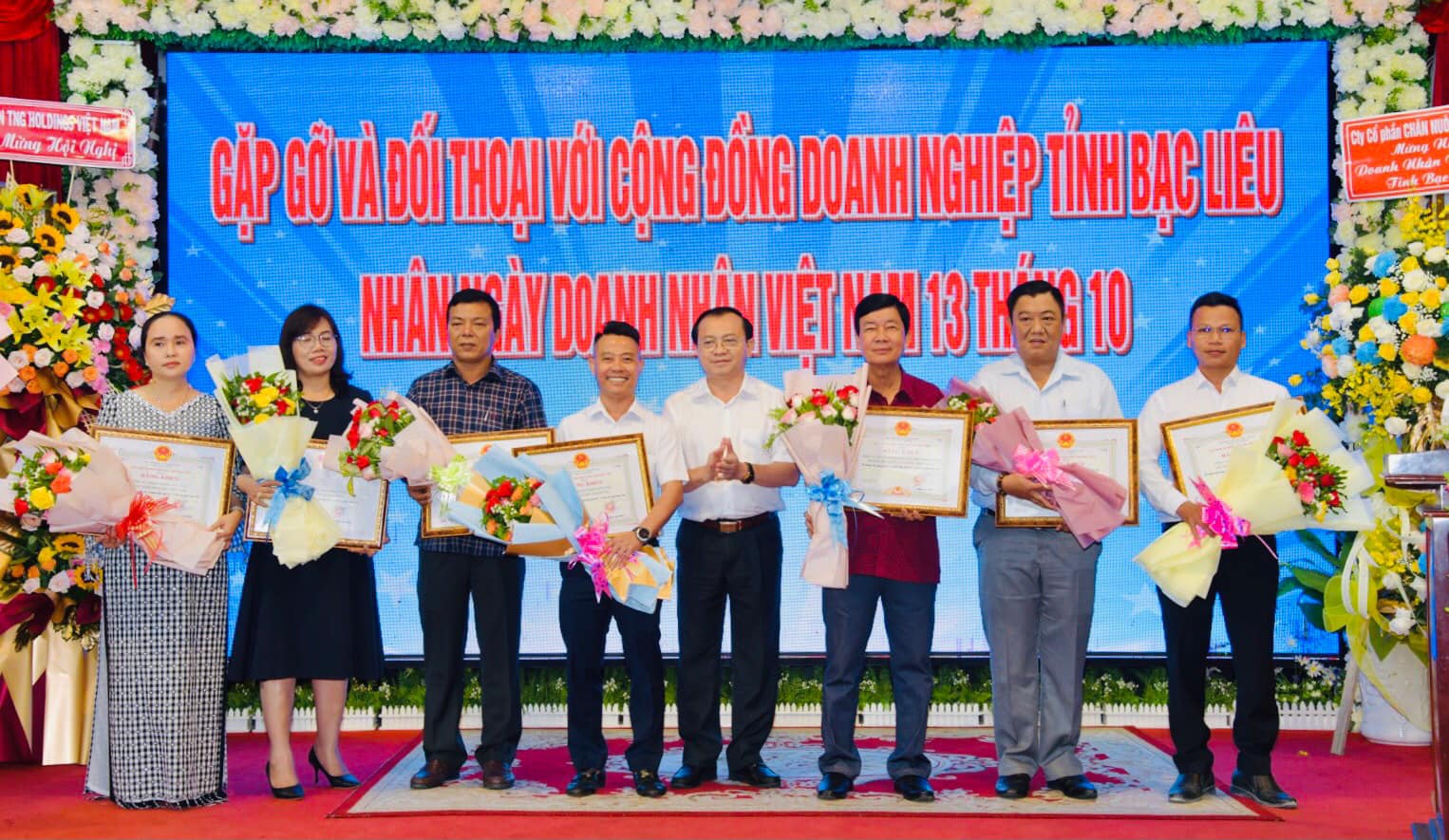
Bac Lieu business community attends to receive the Certificate of Merit for Vietnamese Entrepreneur 2022 (photo by Phan Thanh Cuong)

